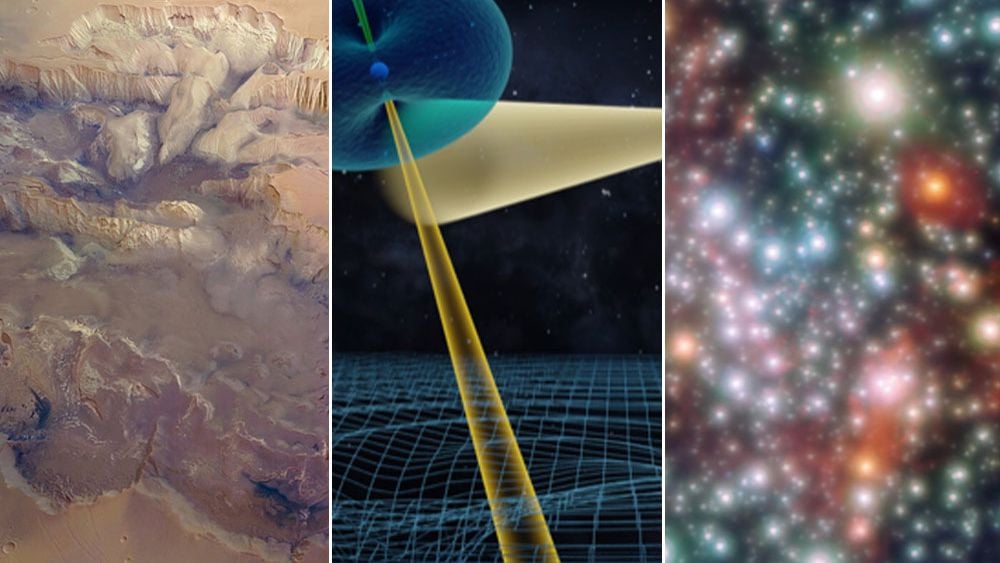How much water is there on Mars? We don’t know yet, but the answer, if it ever comes, might surprise us. Scientists are already surprised by the new discovery of an unexpected amount of water in the Valles Marineris region, where the temperature and pressure should have evaporated everything. What’s going on over there? Is there an unknown system that helps conserve water? That’s what researchers will try to find out.
Other discoveries stood out this week, such as the nature of the mysterious object that escaped a supermassive black hole in 2014. In addition, possible “fossils” of the spiral arms of the Milky Way were found.
Check out these and other astronomical news below.
Want to catch up on the best tech news of the day? Access and subscribe to our new youtube channel, Canaltech News. Every day a summary of the main news from the tech world for you!
That there is frozen water on Mars, scientists already knew. Now, the ExoMars Trace Gas Orbiter (TGO) orbiter has discovered an area with a strange amount of hydrogen bonded to water molecules. Scientists estimate that at least 40% of the material near the surface in the region (which is the size of Holland) would be water.
This water may be in the form of ice, but the temperature and pressure near the equator should have evaporated everything there. So, it is possible that there is some unknown condition in the Valles Marineris region preserving the water reservoir.
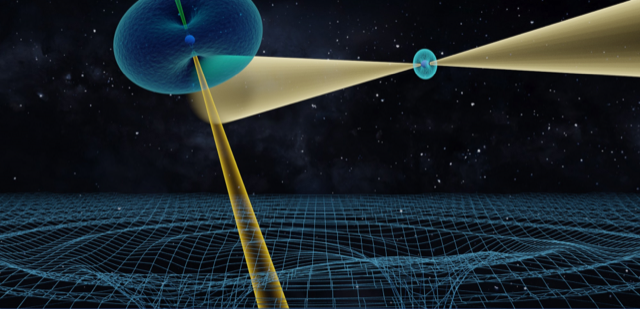
Theories of Albert Einstein were proven (yes, again) in a 16-year study that used a binary system of pulsars (a type of neutron star that flashes constantly and with clockwork precision). In the binary system, the light from a star’s flash is distorted by the gravitational field of the companion, and vice versa. This distortion is predicted by the theory of General Relativity.
The researchers performed other experiments during those 16 years by looking at the pair of pulsars, all to test General Relativity. One looked at how the orientation of the binary system’s orbit changes and how pulsars drag spacetime as they rotate. There were seven experiments in total, all successful in confirming Einstein’s ideas.
 —
—
Scientists have managed to capture the sharpest and most detailed images of the Milky Way’s core, where the Sgr A* supermassive black hole is located. This allowed them to observe the orbit of stars around the black hole, including one that had not yet been discovered.
Finding and “following” the orbits of these stars is useful because it allows you to more accurately calculate the characteristics of the black hole. For example, the new images helped determine that Sgr A* is 4.3 million solar masses and is 27,000 light-years away from Earth. These are the most accurate estimates ever obtained.

A stellar explosion object discovered in 2018, known as “The Cow”, would be a star giving rise to a black hole or a neutron star, according to MIT scientists. The team calculated that the X-rays emitted during the explosion must have come from an object measuring just a thousand kilometers wide, approximately, with a mass less than 800 suns.
The explosion, far brighter than any supernova ever seen, seems to indicate a phenomenon never before detected: the birth of a black hole. The luminous object was probably a star at the end of its life that collapsed and gave rise to a compact object, which began to devour the star from the inside.
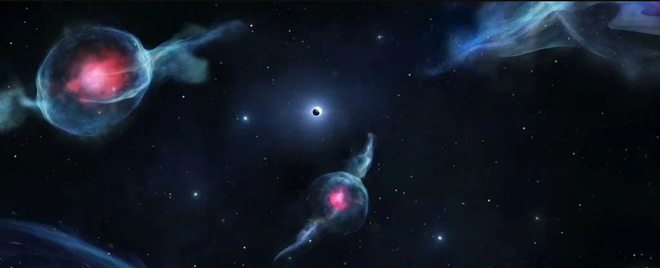
The object called G2, which escaped unharmed from the supermassive black hole at the center of the Milky Way in 2014, has puzzled scientists for years, because its approach was enough to be blasted apart by the gravity of Sgr A* — unless G2 was another fairly large object. massive, and it appears that this is the case.
G2 was previously thought to be some sort of dust cloud, but a new study shows that it could form three newly formed stars, still shrouded in the cloud of gas and dust that gave rise to them.
We’re out of this world, literally ???? ???? ????✨
Bringing new meaning to go anywhere, get anything.
Congrats to @yousuckMZ #DeliveredtoSpace #UberEats pic.twitter.com/Ii2JUN0ZLy
— Uber Eats (@UberEats) December 13, 2021
The first food delivery to space by an app company took place this week. Uber Eats went into space through Japanese billionaire Yusaku Maezawa, who boarded the International Space Station (ISS) on December 8th. Japanese dishes were shared with crew members on board.
The aim of the campaign is to show that Uber Eats is available to help people go anywhere and achieve anything. Customers on Earth also earned discount coupons by using the SPACEFOOD code.
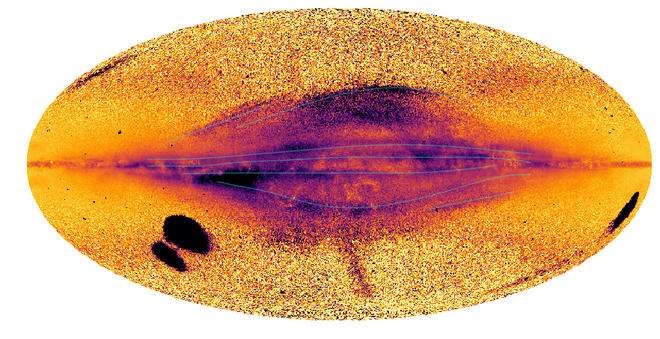
A new map of the Milky Way’s outer disk has revealed what looks like “fossils” of our galaxy’s spiral arms. It is not yet known for sure, but the structures may in fact be related to a time when our galaxy interacted with others.
These interactions took place a long time ago, at different times and left their “marks” due to the effects of tidal forces. Gaia-Enceladus is one of those satellite galaxies that the Milky Way interacted with in the past (it was later devoured). So, it could be that this process has left the “fossils” with arms in the disk of our galaxy.
 —
—
A NASA This week celebrated a milestone: the Parker Solar Probe probe “touched” the Sun for the first time. This means that it made its dive through the solar corona, our star’s upper atmosphere, where the temperature reaches 1 million degrees Celsius. The probe collected samples of particles and magnetic fields there.
A new flyover to cross the corona will again take place in January 2022. The probe will continue its journey towards the Sun in a spiral trajectory, until it is 6.11 million km from its surface.
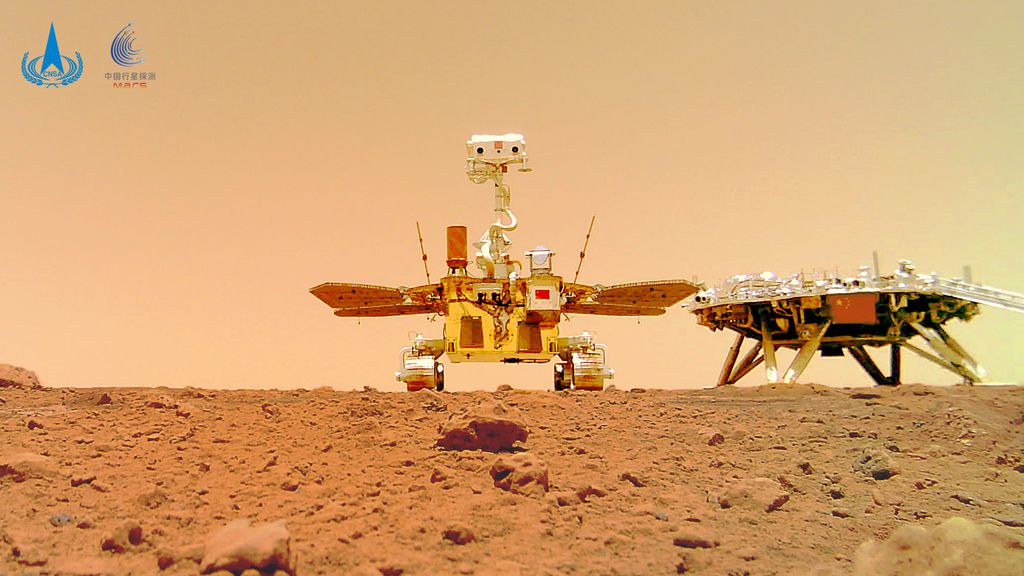
The Zhurong rover and the European Mars Express probe belong to different missions, but that hasn’t stopped them from being able to communicate. The probe was even able to transmit data from the Chinese vehicle to Earth. The “conversation” was part of a series of experimental communication tests, and the data obtained by the European orbiter was forwarded to the Zhurong team in China.
All this was possible because there is a collaboration between ESA and the Chinese space agency (CNSA), allowing for a series of communication tests between the two devices. ESA said there was a possibility that Mars Express could have “a formal data transmission role from the Zhurong rover in the future”.
Read too:
–
